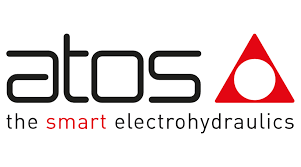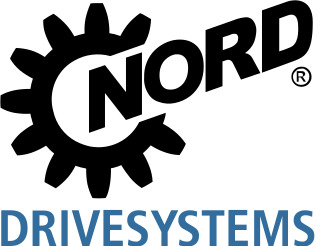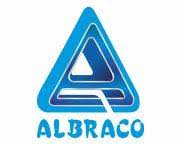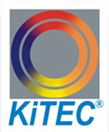Green engines of growth
By Staff Report | April 17, 2025 5:22 pm SHARE

India’s 12 new smart cities under the NICDC, backed by ₹ 286.02 billion from the CCEA, signal a construction surge reliant on gensets in grid-scarce regions. With the ₹ 102 trillion National Infrastructure Pipeline and a 2070 net-zero goal, these machines are evolving into green engines of growth.
You might have noticed the buzz around India’s latest industrial leap. 12 smart cities poised to reshape the nation’s economic landscape under the National Industrial Corridor Development Programme (NICDP). Approved by Prime Minister Narendra Modi’s Cabinet Committee on Economic Affairs (CCEA), this ₹ 286.02 billion project focusses on areas from Uttar Pradesh to Maharashtra where construction is expected to increase, frequently in places where dependable grid power is still a long way off. Gensets, the lifeblood of such off-grid operations, are powering cranes, mixers, and site offices as these ambitious projects take shape. Yet, with India’s Rs. 102 trillion National Infrastructure Pipeline (NIP) driving growth and a net-zero emissions goal by 2070 looming, these machines face a pivotal challenge: evolve or be outpaced. As the construction sector nears its status as the world’s third-largest market by year-end, gensets are transforming into sustainable solutions, balancing uptime with environmental responsibility. This article delves into how industry leaders are redefining power to fuel India’s infrastructure future.
The regulatory shift: CPCB IV+ and beyond
Since the Central Pollution Control Board (CPCB) enforced its stringent CPCB IV+ emission standards in July 2023, genset manufacturers have been compelled to innovate. These regulations mandate reductions of up to 90 percent in nitrogen oxides (NOx) and particulate matter (PM), reshaping the market. Tata Motors has responded with CPCB IV+-compliant gensets ranging from 25 to 125 kVA, unveiled at Bauma Conexpo 2024.
With a portfolio ranging from 15 to 250 kVA, Ashok Leyland prioritises fuel economy and improved block-loading capabilities, which are critical given the fluctuating power requirements of the construction industry. “Our gensets deliver best-in-class fuel economy,” states Amandeep Singh, President of IO, LCV, Defence & PSB at Ashok Leyland, highlighting their suitability for demanding environments. Kirloskar Oil Engines complements this trend with its CVB S5 engine, launched at Bauma India, featuring an onboard ECU and after-treatment system for seamless integration into construction equipment. These advancements ensure compliance while optimising fuel consumption, a key consideration for cost-sensitive projects.
Hydrogen, hybrid, and alternative fuels
Sustainability extends beyond regulatory compliance, with manufacturers exploring next-generation power solutions. Volvo Penta, part of the Volvo Group, is advancing hydrogen technology through a strategic partnership with CMB.TECH. “Hydrogen represents a transformative fuel option,” notes R Sethumadhavan, Head of Volvo Penta India & Industrial Business Unit. Their dual-fuel hydrogen engines (105-585 kW) primarily utilise hydrogen, reverting to diesel when supply is limited, offering construction firms flexibility in remote areas. Additionally, Volvo Penta’s approval of hydro-treated vegetable oil (HVO) enables fossil CO₂ reductions of up to 90 percent.
Hybrid gensets are also gaining prominence, blending traditional fuels with renewable energy sources. These systems, such as those integrating diesel with solar or battery storage, provide a pragmatic interim solution. Companies like Greaves Engineering and Volvo Penta are leading the way in this field by providing gensets that minimise fuel consumption while preserving uptime, essential for building sites to switch to more environmentally friendly operations.
Kirloskar Oil Engines takes a broader approach with its OptiPrime range. “Our engines are fuel-agnostic, supporting ethanol, methanol, hydrogen, or diesel,” explains Rahul Sahai, Chief Executive Officer. The modular design adjusts power output to load requirements, enhancing efficiency across multi-phase construction projects. These innovations reduce operational costs and emissions, aligning with the sector’s sustainability objectives.
Smart power
Digital technologies are redefining genset performance, addressing construction’s need for uninterrupted operations. Tata Motors’ CPCB IV+ gensets incorporate remote monitoring, allowing for real-time fuel and system health diagnostics, perfect for large project sites. Ashok Leyland leverages telematics, mandatory for units above 56 kW under CPCB IV+, ensuring a four-hour service response and 24-hour resolution across 220+ touchpoints. “We align with digital advancements to maximise uptime,” Singh affirms, emphasising predictive maintenance.
Kirloskar’s OptiPrime gensets feature intelligent load management, activating units based on demand to minimise fuel waste. Volvo Penta enhances this with battery energy storage systems (BESS), stabilising power delivery and supporting electrification infrastructure. These developments lead to better project execution under pressure, less downtime, and cheaper maintenance costs for construction professionals, all while adhering to environmental regulations.
Challenges and strategic opportunities
Despite these advances, challenges persist. CPCB IV+-compliant and alternative-fuel gensets carry a 15-25 percent higher upfront cost, posing a barrier for firms with constrained budgets. Hydrogen and biofuel adoption hinges on infrastructure development, while renewable alternatives like solar microgrids compete in grid-accessible urban zones. However, strategic opportunities offset these hurdles. Sustainable equipment certification eligibility, such as LEED or GRIHA, is a competitive advantage in tender processes. India’s genset export market, spanning over 30 countries, signals growth potential as global demand for eco-friendly solutions rises. Also, long-term savings, such as fuel efficiency and longer repair intervals, support the total cost of ownership (TCO). As Singh points out, “Customers prioritise TCO over initial expenditure.”
A strategic shift toward sustainable power
Gensets have evolved from mere backup systems into indispensable tools for sustainable construction. Ashok Leyland maximises TCO, Kirloskar provides a range of fuel options, Volvo Penta pioneers hydrogen and electrification, and Tata Motors provides tough efficiency. All of which together meet the industry’s reliability and environmental requirements. As India advances toward 500 GW of renewable energy by 2030 and smart city completions by 2028, construction firms must adopt these technologies to remain competitive. The path forward demands investment in innovation, positioning gensets as a linchpin in the industry’s sustainable future.
Cookie Consent
We use cookies to personalize your experience. By continuing to visit this website you agree to our Terms & Conditions, Privacy Policy and Cookie Policy.




















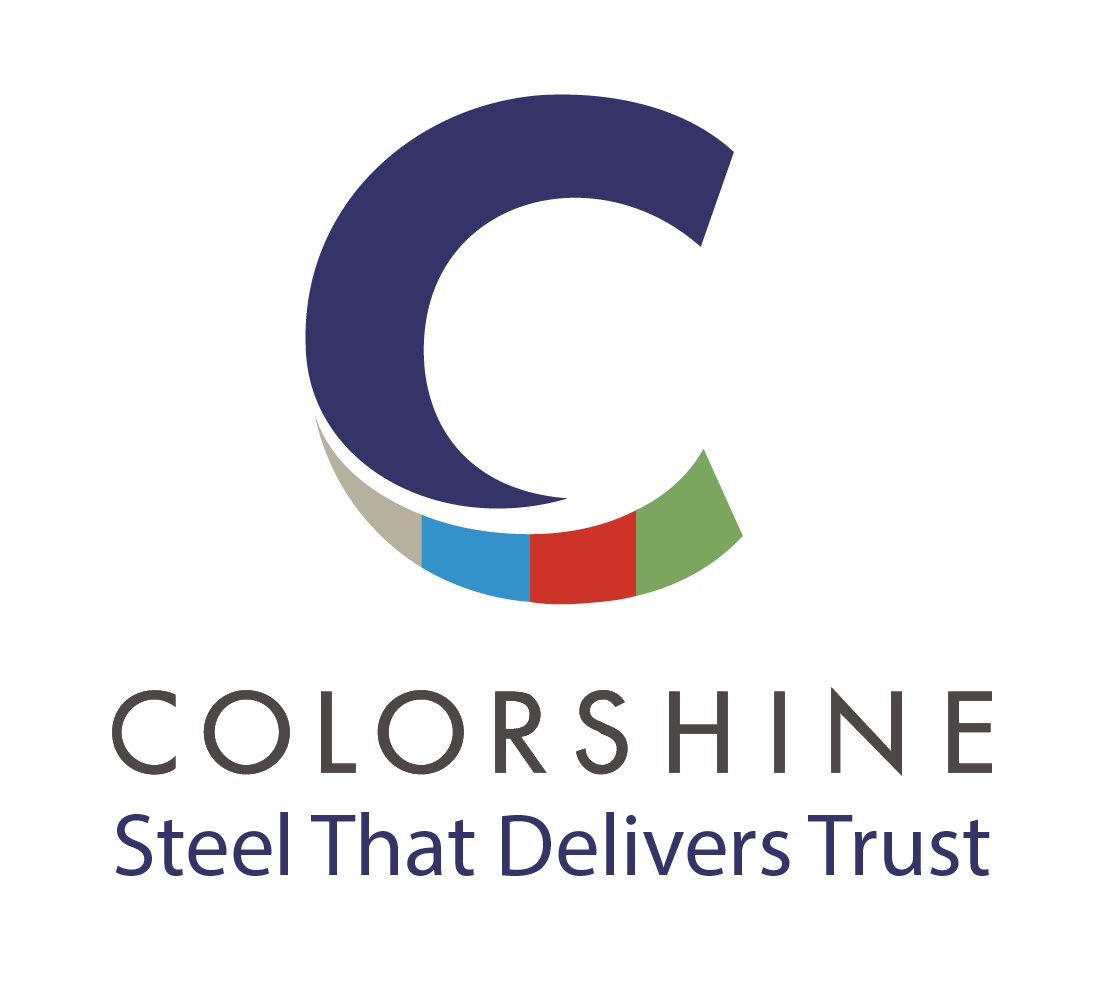














-20240213125207.png)


